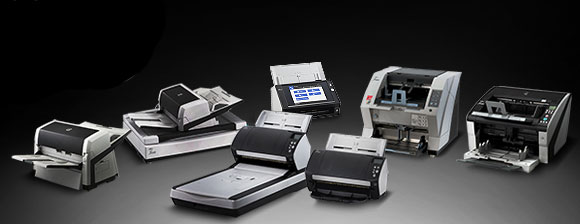
Photos scanners are blessing in disguise for all the photo enthusiasts and those who love collecting memories. Photo scanner helps in digitalization of prints and films. Scanners usually provide photo-friendly features like high-resolution images and scan slides and negatives along with the photo prints. A lot of software also helps in retouching scans and removing scratches.
Based on your requirements, you can find a scanner that works best for you. Scanners offer several other functions as well along with scanning photographs such as scanning artwork, scanning documents, and files. The most common scanners available today are flatbed scanners, handheld scanners and sheetfed scanners. Here we are explaining to you about the four most common type of scanners used:
Flatbed Scanners:
A flatbed scanner is construed up of glass pane and
CIS or CCD array. The glass pane illumined with bright light set underneath it. The image is placed on the glass pane, and the sensor and light move across the glass pane to scan the image and produce a digital copy. Flatbed derived its name because of the way it functions, and the object is placed in it is flat in shape. Some flatbed scanners are built with transparent media adapters, and these adapters help in scanning film and glass negatives. Some other flatbed scanners have additional features like automatic document feeders and Bluetooth or wireless connectivity.
These scanners are known for their high-quality scanning, high-speed and productivity. The risk of the images being damaged during scanning is very less. A flatbed scanner can scan thick objects as well such as magazines, books etc
Photo Scanners:
Scanning a document does not require high resolution or depth in colour but scanning a photograph will. This is where Photo scanners come handy. Photo scanners do the exact as what it is named that is scanning photos. These scanners are excellent for digitalization of photographs and negatives in high volumes. Photo scanners typically come with their own editing software and adapters which allows working with negatives and slides. Some of the all-purpose scanners can do a nice job in scanning photos, but they can’t produce the same resolution and colour depth.
Though photo scanners are costlier than all-purpose scanners they are worth every penny spend because of their picture quality and clarity, you get as a result.
Sheetfed Scanners:
Sheetfed scanners are usually smaller than the Flatbed scanners. Just like its name suggests, you can feed a large volume of photos inside the automatic document feeder (ADF), instead of placing one image at a time like other scanners. This scanner is great for places with limited space and helps in scanning large volumes of images together. Sheetfed scanners mostly have varied features designed to speed up the scanning process and make it more efficient.
However, they are even costly than flatbed scanners, and the quality of the image is little less as compared to flatbed and photo scanners.
Portable Scanners:
These scanners are usually small in their size and are easy to carry around. These scanners come in different sizes; some are even similar to the size of ink pen, while high-quality portable scanners can be a little bigger. They not only save space nut since they are handy you carry around wherever you. These kinds of scanners are photographers, experts and people who are continuously on the move. The only demerit of these scanners is that quality is being comprised; however today there are portables which come with better quality.
